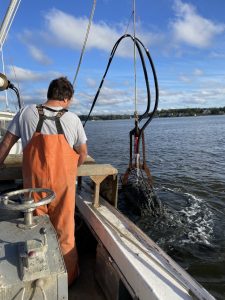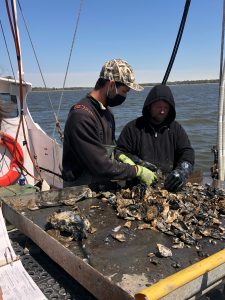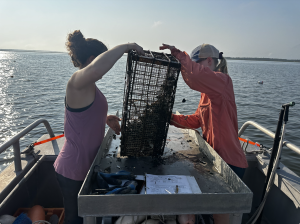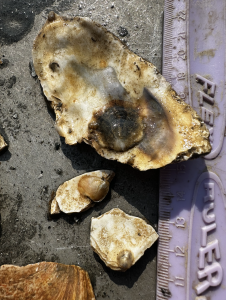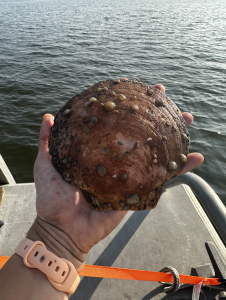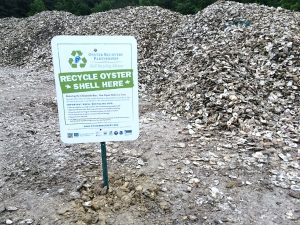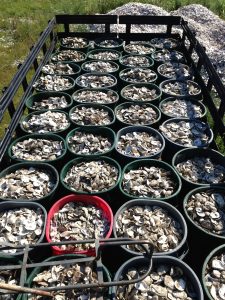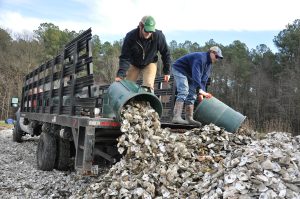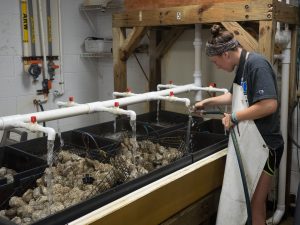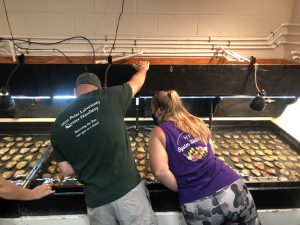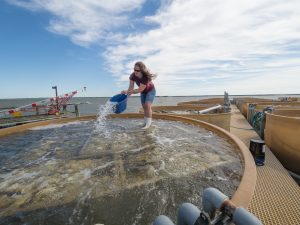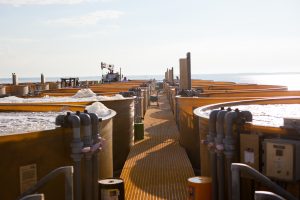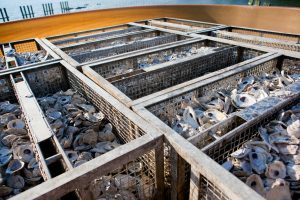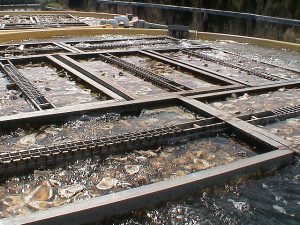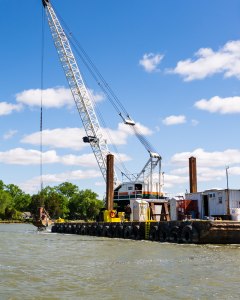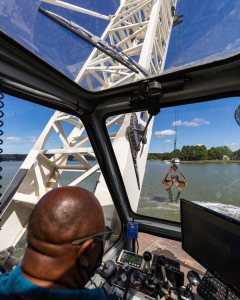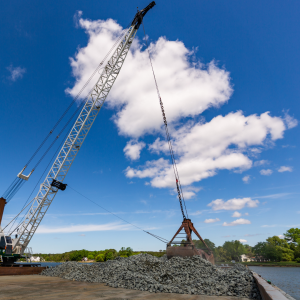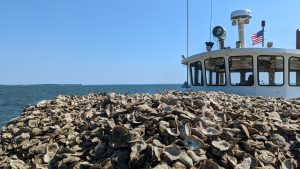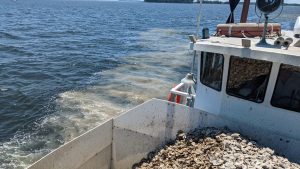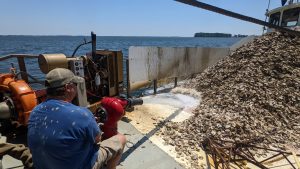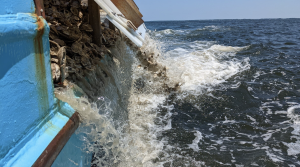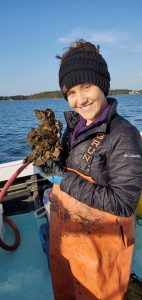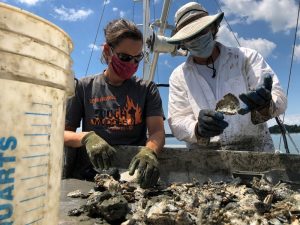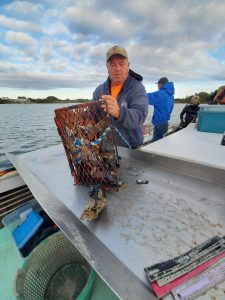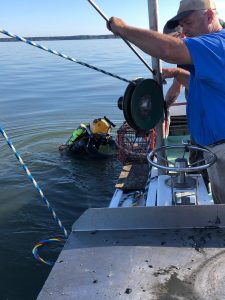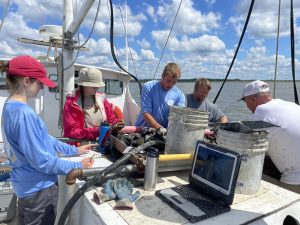RESTORING OYSTER REEFS
ORP and our restoration partners are guided by the restoration strategy outlined in the Action Plan for Oyster Restoration in Maryland, which was drafted by the Maryland Oyster Roundtable in 1993. Improving Maryland’s oyster population is challenging. Here, oysters are limited by available habitat and low rates of natural reproduction and recruitment. To address these two challenges, we use a combined approach of adding habitat and live oysters to maintain or create new reefs.
Our restoration strategies are constantly improving and adapting to meet modern oyster restoration needs and goals for a healthy Chesapeake Bay.
Site Selection
ORP and our restoration partners select areas for oyster restoration using a science-based approach. We conduct habitat surveys across the Bay to identify areas that can support oyster settlement, growth, and survival. First, we analyze historic oyster data to select areas that could support oyster restoration. Next, we use a variety of techniques to learn about the present-day health of these areas – including seafloor mapping using sonar, underwater video, and directly sampling habitat through SCUBA diving or using commercial oyster fishing gear.
Pre-restoration survey data are used to develop a restoration blueprint that describes where restoration will happen and what type of restoration is needed. See the restoration blueprint for Harris Creek as an example.
PRODUCING SPAT-ON-SHELL
Baby oysters are produced in a choreography between the University of Maryland’s Center for Environmental Science’s Horn Point Lab, which produces oyster larvae, and ORP, which provides a shell for the larvae to attach to. The shell and mature larvae meet in giant setting tanks on a pier in the Choptank River where, after about 48 hours, the larvae settle on the shell, metamorphosing into spat-on-shell (meaning they are permanently attached). Once the tanks of spat-on-shell have grown for a week, the spat are ready to be transferred to their final planting site.
Reef Construction and Planting
Some reefs require the application of additional substrate to create suitable reef habitat before oysters can be added. The Maryland Department of Natural Resources and U.S.Army Corpsof Engineers deploy a mix of materials – including granite, mixed shell, or other materials to serve as a reef base – to the seafloor in specific locations selected by the restoration partners in the restoration blueprint.
Once reefs are constructed or pre-existing oyster habitat is selected for restoration, ORP transports spat-on-shell from the Horn Point hatchery on a planting vessel and deploys oysters overboard onto the designated site.
Reef Monitoring & Management
ORP monitors reefs after restoration is complete to assess whether restoration goals were met and determine whether restoration was successful. We collect data on the number, size, density, and condition of remaining oysters. These data are used by restoration partners to inform decisions about how to best manage the reefs and ensure their long-term health, and to guide future restoration efforts. If reefs do not meet designated oyster success metrics, they receive additional spat-on-shell plantings.
Every year, the NOAA Chesapeake Bay Office provides a progress report on oyster restoration activities and success towards the Chesapeake Bay Watershed Agreement’s Ten Tributaries by 2025 oyster outcome. View the most recent report.

